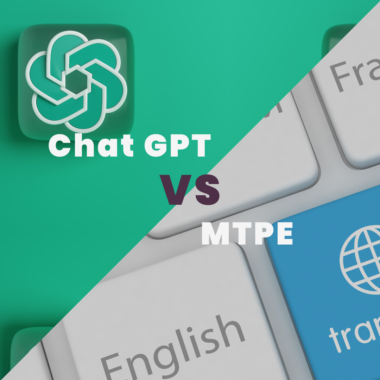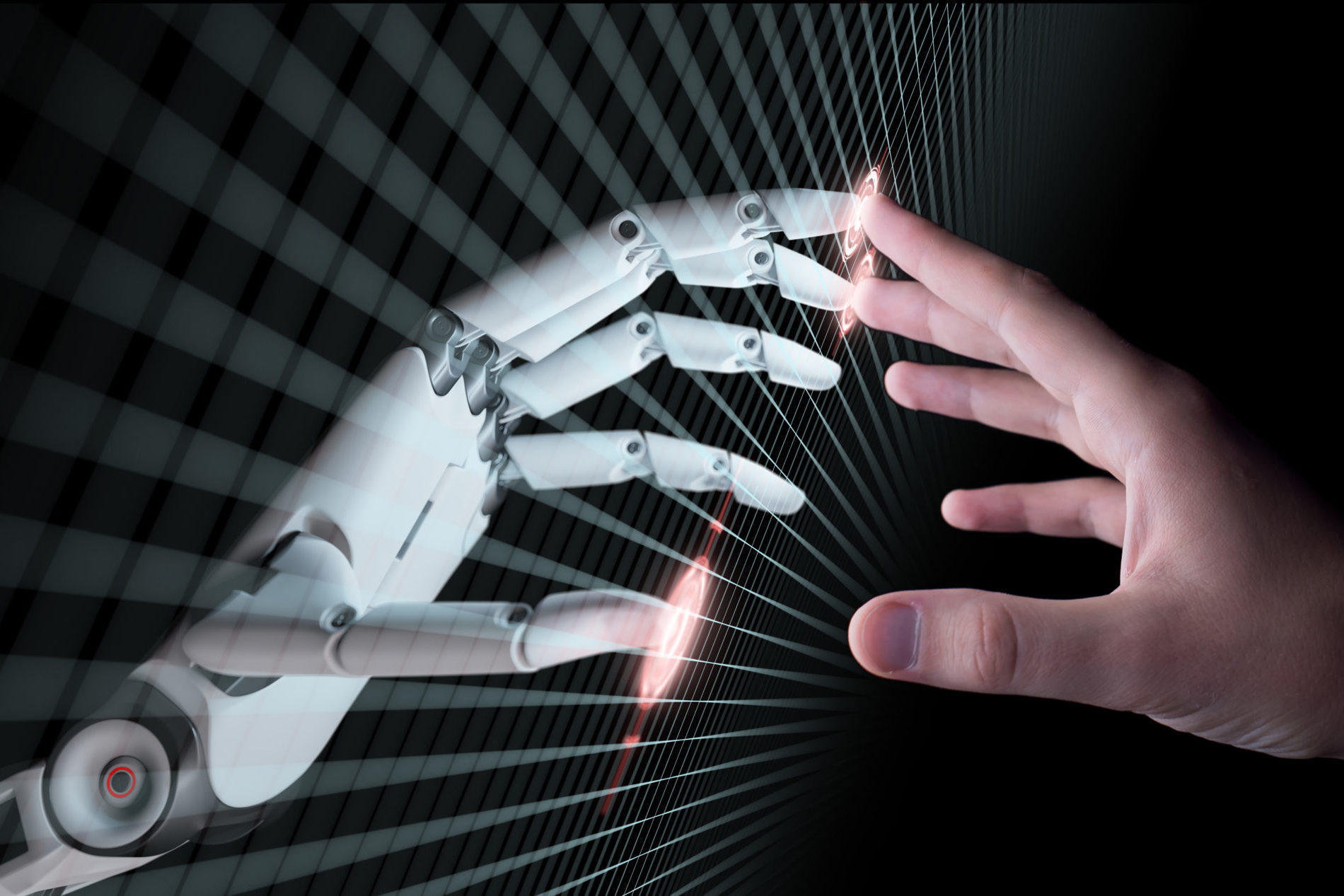ChatGPT vs MTPE
OpenAI’s ChatGPT has piqued a significant amount of interest in the media lately as it finds various potential applications across numerous industries. We have asked ourselves: Is ChatGPT in its present form a viable solution for brands, marketers and global businesses seeking fast-paced, low-cost multilingual content localisation and adaptation?
We have been busy at Locaria assessing the nature, current offering and potential future applications of ChatGPT. Not only have we studied how the tool works, but also joined industry talks and round tables to ensure we have a good grasp of the finer details.
While only workflows based fully on human professional linguists can guarantee high-quality content, some business models may be required to accept a lower level of quality to achieve their goals. In these instances, Locaria would currently recommend opting for Machine Translation Post-Editing (MTPE), rather than large language models such as ChatGPT, for the reasons explained below.
Locaria specialises in high-quality transcreation, localisation and content adaptation, with a deep expertise in marketing. We also offer our own Machine Translation Post-Editing (MTPE) that combines the efficiency of Machine Translation’s latest developments, with the expertise of human post-editors to produce high-speed localised content which will resonate with its target audience while addressing the unique needs of each client.
Neural Machine Translation vs. ChatGPT
Traditional machine translation uses statistical models and rules-based systems to translate text from one language to another. These systems compare large amounts of previously translated text, or “training data” to find patterns and create a set of rules for translating new text. More advanced ‘neural’ engines, such as DeepL or the latest version of Google Translate, deploy artificial neural networks to model entire sentences and maximise translation performance. These tools generally produce decent translations for informative, straightforward text, while struggling with more complex or nuanced language, cultural references, and industry-specific terminology.

ChatGPT, on the other hand, uses transformer architecture and unsupervised learning to generate human-like text. Unlike machine translation, which relies on predefined rules and training data, ChatGPT uses large amounts of text to learn how words and phrases relate to each other and generate new text based on context. This approach enables ChatGPT to create more natural-sounding text and adapt to different writing styles and genres.
However, it’s important to note that ChatGPT is fundamentally different from human translation or even machine translation with post-editing. While ChatGPT can produce impressive results, businesses should keep in mind that it does not “know” what it is saying. Instead, it selects the most probable word combinations based on the input text. This means that there is no “intelligence” behind ChatGPT’s output, and there is always a chance that it may be fundamentally wrong due to the nature of its technical workings.
ChatGPT provides an excellent ‘word predictor’ trained through various but finite sources. The knowledge is therefore limited exclusively to the content of its training data. In a nutshell, it produces “good fluency and medium accuracy”. Conversely, the best neural MT engines produce “good accuracy and medium fluency”.
When applied to translating content professionally, it is clear that ‘medium accuracy’ is a huge issue. ChatGPT’s output may be frequently impressive, but it is not as reliable or trustworthy as an MT output in terms of factual correctness compared to the source text. ChatGPT chooses the next word based on its predictive model, not based on what the source text says. This is of course a key concern for language providers and their clients.
Furthermore, it is indispensable to note that ChatGPT raises significant data privacy concerns. As a language model trained on massive amounts of data, it has access to a vast quantity of sensitive information which it stores. Language Service Providers such as Locaria take data privacy and security seriously and have implemented strict measures to protect our clients’ data. We want our clients, and not commercial language models, to be in control.

Locaria’s MTPE Service: Advantages and Benefits
Locaria’s Machine Translation Post-Editing (MTPE) is designed to deliver quality translations within a short timeframe and at low cost. To achieve this, we use not just one MT engine, like most companies, but several. Our MT technology allows us to draw from a variety of neural machine translation engines that are selected and combined based on their respective strengths in each language combination and vertical.
For example, some engines may be better suited for EU languages and marketing content, while others are best used for APAC languages and technical texts. Our dynamic algorithm takes these factors into account and quarterly updates its engine selection criteria, to ensure that we provide the most accurate basis for post-editors to work on.
Once the selected engines have translated the text automatically, our human post-editors review and edit the machine-generated output, considering the unique needs of each client and industry-specific terminology. This collaborative approach ensures that the final translation conveys the intended meaning without glaring errors.
It is always important to stress that our premium human workflows, where professional, trained linguists work on localising and reviewing the content, is still the option that produces the most high-quality content. This is recommended for client-facing and high-impact content where tone of voice, brand consistency and cultural relevance are prime considerations. While MTPE offers a faster and cheaper output, our human localisation workflows draw on tools such as client-specific translation memories, glossaries and tone-of-voice guidelines to produce optimised and impactful copy.
To conclude, while ChatGPT is a powerful tool for generating human-like text and will certainly find numerous applications across verticals and services, brands and marketers seeking fast and lower-cost translations should opt for MTPE instead. At Locaria, we offer a unique combination of machine translation and human post-editing expertise, ensuring that our clients’ content works well across all languages and selected markets.
_
Author: Thorsten Brueckner
Co-author: Nicola Pegoraro
Contact the Locaria team to find out more on how we can help you achieve your global content marketing goals.



